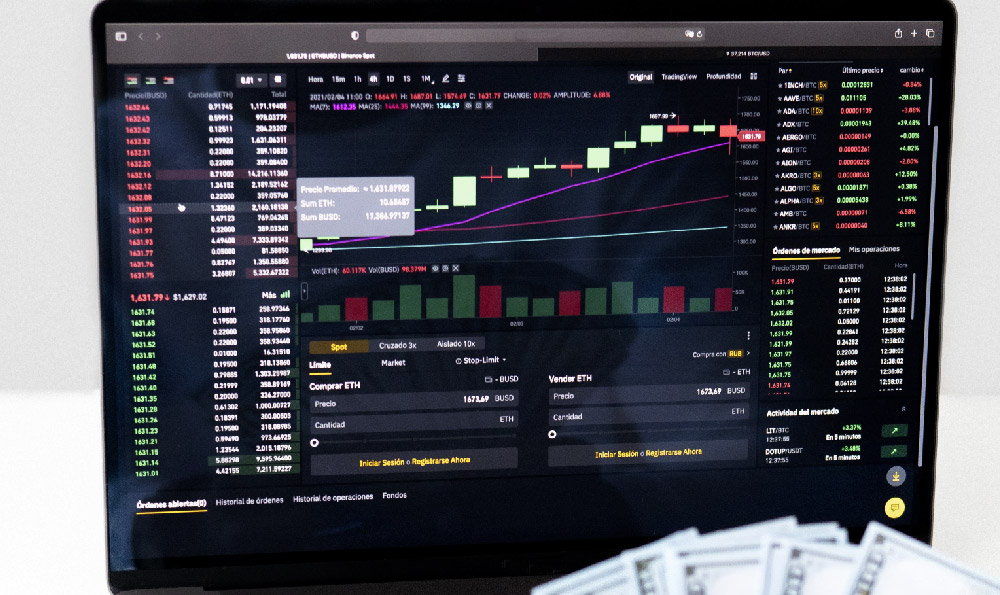Can Part-Time Workers Qualify for Unemployment Benefits?

Unemployment benefits are a critical safety net for individuals who lose their jobs through no fault of their own, yet the eligibility criteria often create confusion for part-time workers. The question of whether part-time employment qualifies for these benefits hinges on a nuanced understanding of labor laws, employment status, and the specific definitions adopted by governments. While some jurisdictions treat part-time workers as distinct from full-time employees, others have evolving frameworks that recognize the growing importance of flexible work arrangements in modern economies. To fully grasp this issue, one must examine the interplay between hours worked, income earned, and the overall employment landscape, which can differ significantly across countries and even within regions of the same nation.
In the United States, the key to determining eligibility lies in the distinction between "employment" and "self-employment." Part-time workers who are classified as employees by their employers—regardless of the number of hours worked—may be eligible for unemployment benefits if they meet certain conditions. These conditions typically include a period of work, such as a minimum number of weeks or hours, and a lack of fault in the job loss, whether due to layoffs, business closures, or other unforeseen circumstances. However, the threshold for qualifying hours can vary by state, with some requiring at least 20 hours per week to be considered "employed" in the traditional sense. This creates a potential hurdle for part-time workers who may only work 15 or 18 hours weekly, as their employment status might fall into a gray area that complicates benefit claims.
The relationship between income and benefits is another layer to consider. Unemployment benefits are often calculated based on past earnings, so even if a part-time worker's income is lower than that of a full-time counterpart, they may still receive support—as long as their earnings meet a minimum threshold set by the state. For instance, in some states, workers must have earned a certain percentage of the average weekly wage to qualify. This means that part-time employees might face challenges if their income is insufficient, even though they are actively employed. The evolving nature of the gig economy further muddies the waters, as many part-time workers are now classified as independent contractors or freelancers, which often excludes them from traditional unemployment protections altogether.

The definition of "employment" itself can shift over time, reflecting broader economic trends. In recent years, as remote work and freelance platforms have become more prevalent, governments have been forced to reconsider how to categorize workers who do not fit the traditional full-time model. Some states have enacted legislation that explicitly includes part-time workers in their unemployment programs, but these policies are not universal. For example, in California, part-time workers who work at least 20 hours per week are eligible for benefits, whereas in other states such as Texas, the requirement is more stringent, with a minimum of 30 hours per week typically being the benchmark. These disparities highlight the importance of understanding local regulations, as the eligibility criteria can be as much about regional policy as they are about the worker's specific situation.
The question also extends to the broader implications of labor market shifts. As more individuals opt for part-time or freelance work to balance personal responsibilities with income generation, the demand for equitable unemployment protections has increased. However, the current legal frameworks often struggle to keep pace with these changes, leaving many part-time workers without adequate support. This discrepancy raises concerns about the fairness of the system, as individuals who contribute to the economy in non-traditional ways may not receive the same level of financial assistance when they face unemployment. Policymakers are increasingly called upon to reassess these definitions, but until changes are implemented, part-time workers must navigate the existing rules with care.
For those who are unsure about their eligibility, the process typically involves submitting documentation that proves their employment history and the circumstances leading to their unemployment. This may include pay stubs, employment contracts, and records of work hours. However, part-time workers often have less formal documentation, which can complicate the application process. In some cases, they may need to demonstrate that their work was substantial enough to constitute meaningful employment, even if it did not meet the traditional full-time criteria. This requires a careful analysis of the specific requirements in their state or country, as the rules can vary widely.
In conclusion, the qualification of part-time workers for unemployment benefits is a complex issue influenced by a variety of factors. While some jurisdictions offer protections that include part-time employment, others maintain more rigid criteria. The evolution of the labor market and the rise of flexible work arrangements have prompted calls for reform, but until such changes are widespread, part-time workers must navigate the existing legal landscape to determine their eligibility. Understanding these nuances is essential for anyone in a part-time role, as it can impact their financial security during periods of unemployment. As the economy continues to change, it is likely that the criteria for eligibility will also adapt, but for now, the key is to stay informed and proactive in seeking the support that is available.













